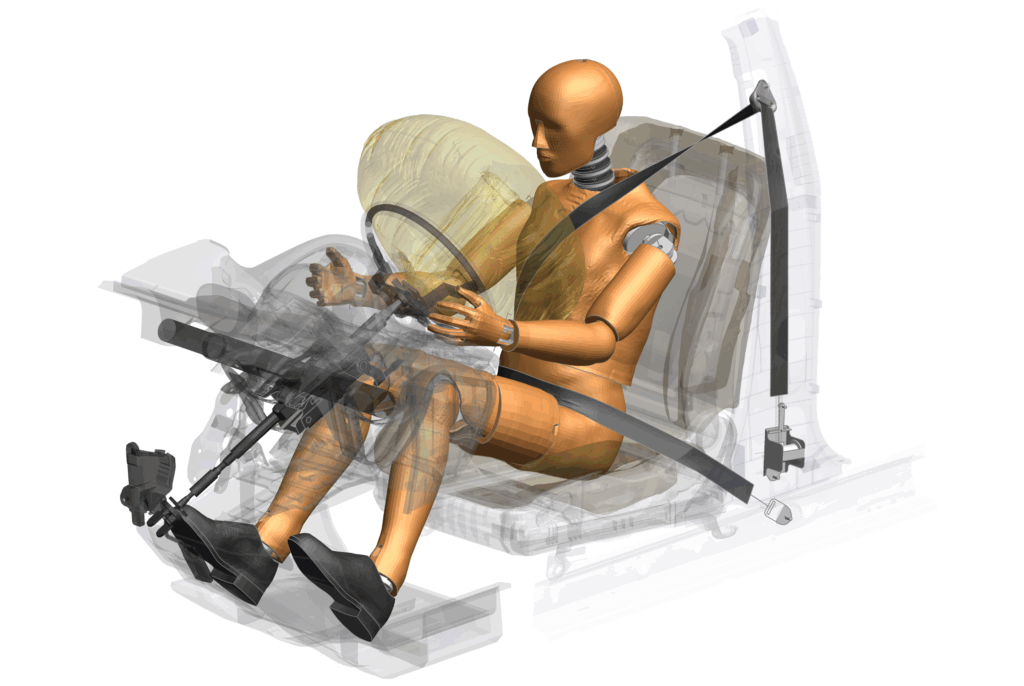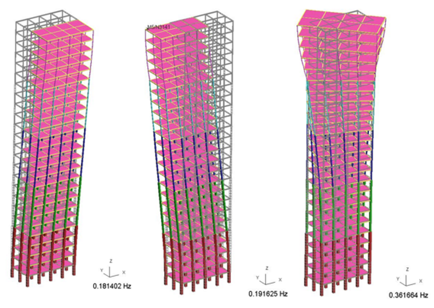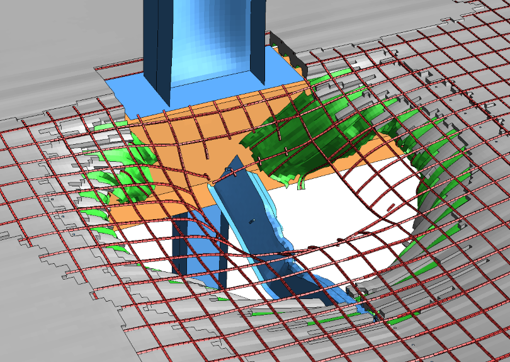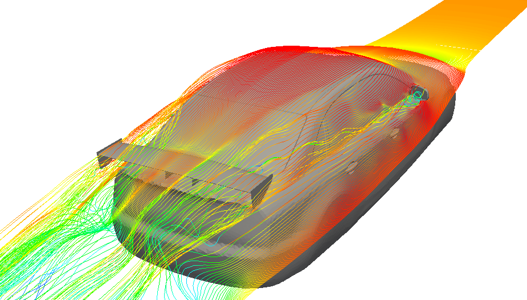
Ansys LS-DYNA ®
Ansys LS-DYNA is the industry leading multi-purpose explicit and implicit finite element and Multiphysics program used to analyse the nonlinear response of structures.
Its fully automated contact analysis and wide range of material models enable users to solve complex, real-world problems. Its applications include drop tests, impact and penetration, smashes and crashes, occupant safety, and more.
Benefit from the additional features and capabilities of the Oasys Suite, a powerful software ecosystem designed to empower engineers using Ansys LS-DYNA.

NVH/Frequency Domain
Ansys LS-DYNA offers frequency domain analysis capabilities including:
- Frequency response function
- Steady state dynamics
- Random vibration
- Acoustic BEM and FEM
- Response spectrum analysis
- Fatigue SSD and random vibration
You can use these capabilities for applications such as NVH, acoustic analysis, fatigue analysis and earthquake engineering.

Composites
Composite materials can be modelled using a combination of specialist material models and ply material angle data. Varying material definitions and material angles can be specified through the thickness of the component, and ply failure can be included in the material definition.
- Material models can simulate intralaminar failure mechanisms (fibre and matrix failure).
- Use of tiebreak contacts or cohesive elements to simulate interlaminar failure (delaminations).
- Layered shell elements for modelling ply layup
- Uniaxial and bidirectional fabric material models
- Detailed output on the different failure modes
Crashworthiness
For many automotive companies, LS-DYNA is a tool for understanding the deformation of complex systems such as vehicle structures. The ability of LS-DYNA to model contacts and its wide range of material models make it ideally suited for this type of analysis. It also includes a number of specific features for automotive applications such as airbags, accelerometers and advanced connection modelling.
Latest Webinars
Looking for more Webinars? View our Webinars archive
Case Studies
-
-
Game-changing redesign to floating solar panels supports sustainable food production across Northern Europe
Features & capabilities
Discover more
Find out how the Oasys LS-DYNA Environment is supporting users in key industries









